Do Alpacas Eat Straw? Unraveling the Dietary Needs for Alpaca Health
Ever wondered what’s on the menu for our fluffy friends, the alpacas? You’re not alone. One of the most common questions I get is, “Do alpacas eat straw?” It’s a good question, and the answer might surprise you.
Alpacas, originating from the Andes Mountains in South America, are known for their unique dietary needs. They’re not your typical farm animal, and what they eat can greatly impact their health and wellbeing. Let’s dive into the world of alpacas and their fascinating eating habits.
In the next few paragraphs, I’ll be shedding light on what alpacas really eat, whether straw is part of their diet, and how their food choices affect their overall health. So, if you’re an alpaca owner, enthusiast, or just plain curious, stick around as we unravel the mystery of the alpaca diet.
Key Takeaways
- Alpacas have unique dietary needs and primarily feed on grass, with it making up 60% of their diet.
- Alpacas can consume straw, but it isn’t particularly nutrient-rich and should not form their main diet due to its low nutritional value.
- Alpacas’ main food sources should be rich in fibers such as grass, hay, and silage. These provide vital proteins, vitamins, and minerals for their overall health.
- Populace believe in myths, like alpacas eat straw, which can potentially harm the overall health of these animals. Feeding straw regularly can cause digestive issues in alpacas.
- Feeding routine should include fresh water availability. Moreover, regular deworming is crucial in mitigating health problems caused by parasites in alpacas.
- The nutritional needs of alpacas require special care and meticulous attention to detail due to their unique diet demands.
The Alpaca Diet: What Do They Really Eat?
When you’re looking at an alpaca’s plate, it’s not just hay you’ll find there. These creatures, hailing from the Andes, have a varied diet that mainly consists of grass, hay, or silage.
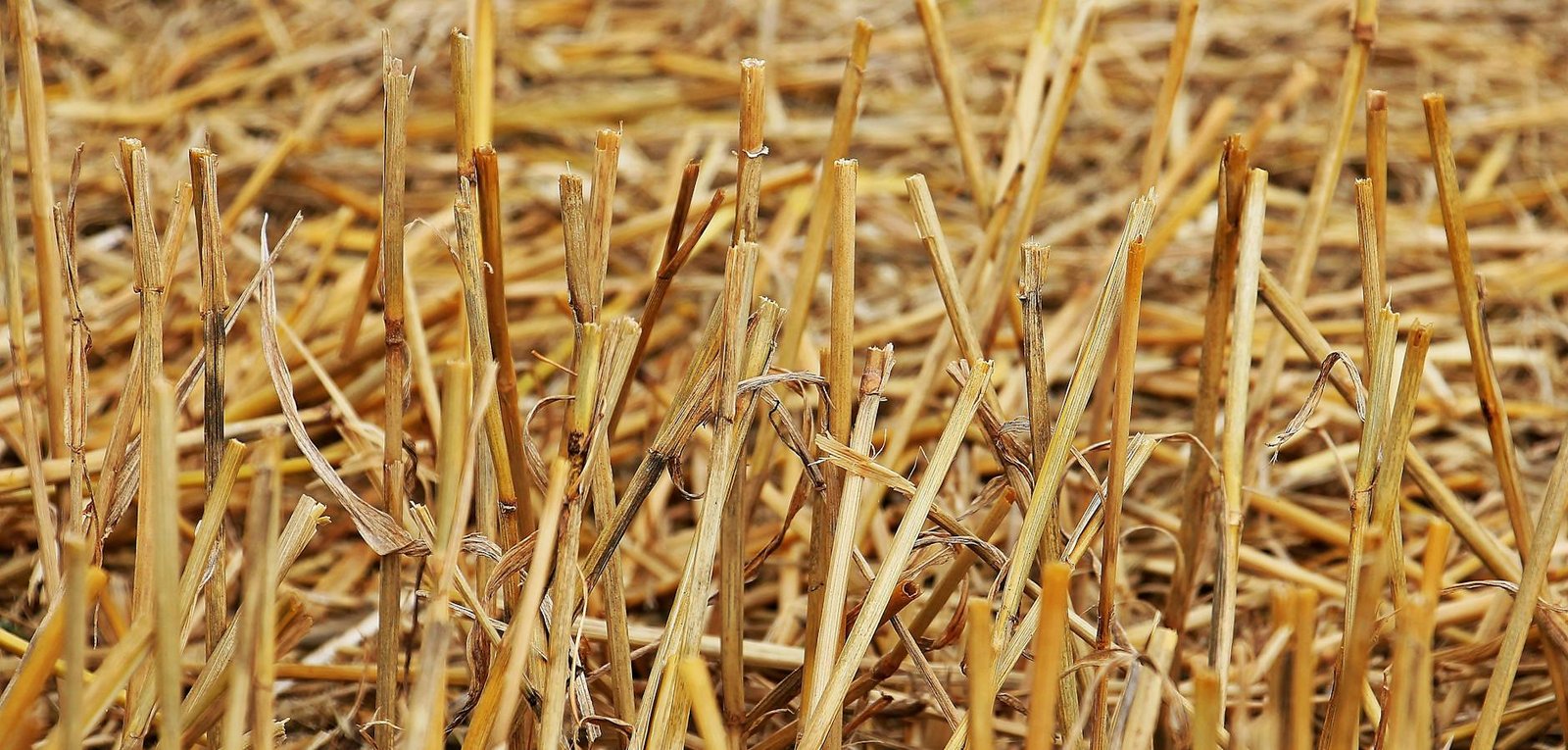
Let me delve a bit more into this. Grass is the foundation of their diet, typically amounting to approximately 60% of their intake. This makes sense given that alpacas, like their camelid relatives, are grazing animals. They’re built to extract nutrition from plants that many other species aren’t able to digest.
However, these fascinating beasts have more than just a taste for the green shoots. They also consume Hay and Silage, excellent sources of fibrous goodness, ensuring their digestive system functions smoothly.
Then we have the Alpaca Pellets. This is essentially a mix of grains, vitamins, and minerals, specifically tailored to meet their nutritional needs. It’s usually given to supplement their diet and isn’t the main course.
Now here’s the table summarizing their dietary breakdown:
| Diet Component | Intake Proportion (%) |
|---|---|
| Grass | 60 |
| Hay/Silage | 30 |
| Alpaca Pellets | 10 |
Do Alpacas eat straw, you ask? Though they can, it’s not particularly nutritious for them. Straw is essentially dead plant material with little nutritional value. It provides bulk and helps with digestion, but it isn’t an excellent source of nutrients.
Alpacas usually consume straw when they’re lacking other sources of plant-based fibers. However, a diet containing excessive straw can impact an alpaca negatively. This is because it doesn’t offer enough nutrients, leading to malnourishment over time. So, while an alpaca might eat straw, it definitely shouldn’t be the primary component of their diet.
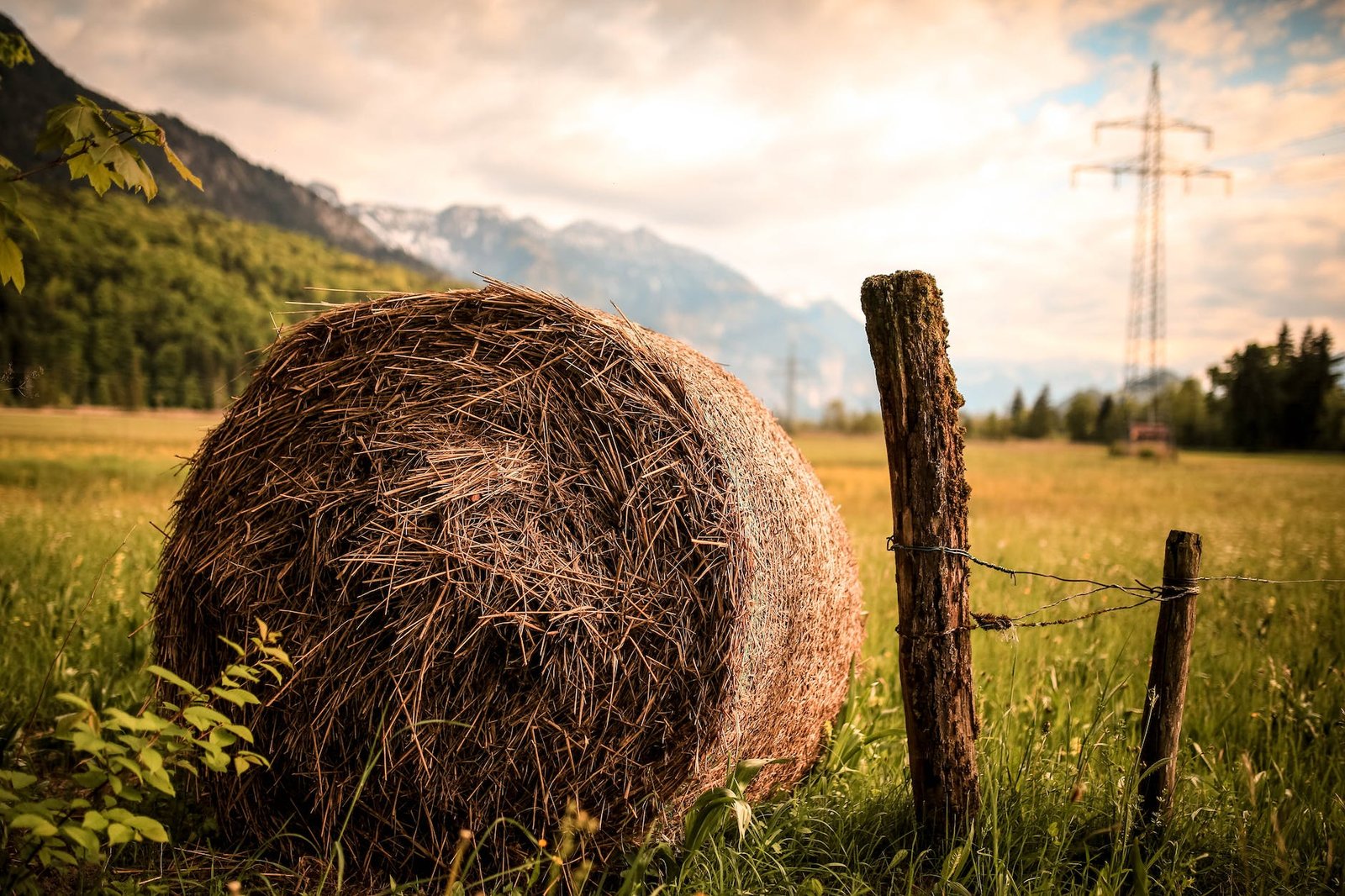
Their complex dietary needs really highlight how important understanding animal nutrition is. With better knowledge about the food they eat, we’re able to provide better care – making sure that these adorable creatures continue to thrive. How these adorable creatures digest their food, what nutritional requirements are paramount, and what foods you should avoid feeding your alpaca is what we’ll talk about next.
Exploring the Myth: Do Alpacas Eat Straw?
There’s a prevalent myth about alpacas eating straw. Many alpaca owners have been led to believe this fallacy which can potentially impact the overall health of these gentle creatures. So, let’s debunk this myth!
Sure, alpacas might nibble on a bit of straw if it’s available to them, but it’s important to understand that their digestive system isn’t designed to extract much nourishment from straw. Straw isn’t highly nutritious for alpacas and shouldn’t be the main component of their diet. Here’s why:
Straw lacks enough nutrition. It’s essentially the dry stalks of cereal plants after the grain and chaff have been removed. Packed with indigestible fiber, it’s low in protein and deficient in key vitamins and minerals that alpacas need for their everyday health.
- Protein content: very low
- Mineral content: very low
- Vitamin content: very low
It’s more of a bedding material than a food source. Straw is widely used for bedding in barns because it’s absorbent, soft, and inexpensive. It provides insulation and is comfortable for animals to rest on, but it’s not the best for them to eat.

It can cause digestive issues. Overfeeding straw can lead to severe digestive problems in alpacas. This is mainly because straw is harder for alpacas to digest and can lead to a health condition known as “impaction”. This is where food gets stuck in their gut, leading to severe stomach pain and potential death if not treated on time.
Everything being said, straw should only be considered as a part of the alpaca’s diet when higher quality feed options like hay, grass, or silage are scarce. When you’re feeding your alpacas, remember that their nutritional needs should supersede any myth. Meanwhile, let’s take a closer look at what alpacas should really be eating.
Understanding the Nutritional Needs of Alpacas
It’s vital to understand the nutritional needs of alpacas as this will enable you to provide excellent care for these unique creatures. Alpacas are herbivores, and their main food source should be pasture and hay, not straw. The diet these gentle animals need is considerably different from other farm animals. It’s a blend of balance and quality.
Alpacas primarily feed on forage and it should account for approximately 60-100% of their diet depending on the season. It is crucial their feed is rich in fibre as fibre plays an integral role in their gut health.
The ideal feeding plan is broken down into the following:
| Food Group | % Composition |
|---|---|
| Fibre | 35% |
| Protein | 10% |
| Fat | 2% |
Unlike straw, pasture and hay are abundant in crucial nutrients necessary for alpacas. Such nutrients include proteins, vitamins, and minerals, which are vital for alpacas’ skeletal growth, tissue repair, immune functionality, and overall health.
As I’ve mentioned earlier, straw can be consumed if forages of higher quality are scarce. But remember, it’s not designed to replace a well-structured diet.
Also, providing fresh water for alpacas round the clock is another area not to neglect. A full-grown alpaca can drink up to 10 liters of water every day.
Lastly, consider a regular deworming schedule for your alpacas to maintain their gut health, and provide them with a salt block as an extra source of trace minerals.
In essence, meeting the nutritional needs of your alpacas goes way beyond letting them nibble on straw. Special care and attention to detail are necessary for these majestic yet sensitive animals. They are truly worth it.
The Impact of Food Choices on Alpaca Health
Over the course of my care for these captivating creatures, I’ve observed firsthand the crucial role nutrition plays in their wellbeing. Your alpaca’s diet doesn’t just impact its weight; it influences its overall health and longevity.
It’s widely known that alpacas are herbivores. Their digestive systems are designed to efficiently process plant-based diets. Praising the humble pasture and hay, the prime sources of alpaca nutrition is an absolute no-brainer. Laden with essential nutrients like proteins, vitamins, and minerals, they’re pivotal for maintaining Alpaca health.
Those opting for a straw-based diet may encounter a few bumps along the road. Straw is notably less nutritious than hay. Its usage should be limited, acting as a supplement when higher quality forages are in short supply. Let’s illustrate the difference using some nutritional data.
| Protein | Fiber | Fat | |
|---|---|---|---|
| Hay | High | High | Medium |
| Straw | Low | High | Low |
While it’s clear straw falls short in some areas, it’s high fiber content retains some redeeming qualities. Alpacas have a notable need for fiber, assisting in their digestion and overall well-being.
Furthermore, part of an alpaca’s feeding plan should also include fresh water availability. Remember, alpacas descend from arid climates and can withstand lower hydration levels. However, they still require fresh water daily to ensure optimal health.
Regular deworming is another vital aspect of alpaca care. A sturdy deworming schedule can aid in mitigating health problems caused by parasites.
In a nutshell, providing an alpaca with a well-balanced diet, enriched with pasture and hay alongside fresh water, while maintaining a standard deworming routine is vital. Straw has its place in an alpaca’s diet, but it shouldn’t become the star of the show. Remember, meeting the nutritional needs of alpacas requires not only special care but meticulous attention to detail.

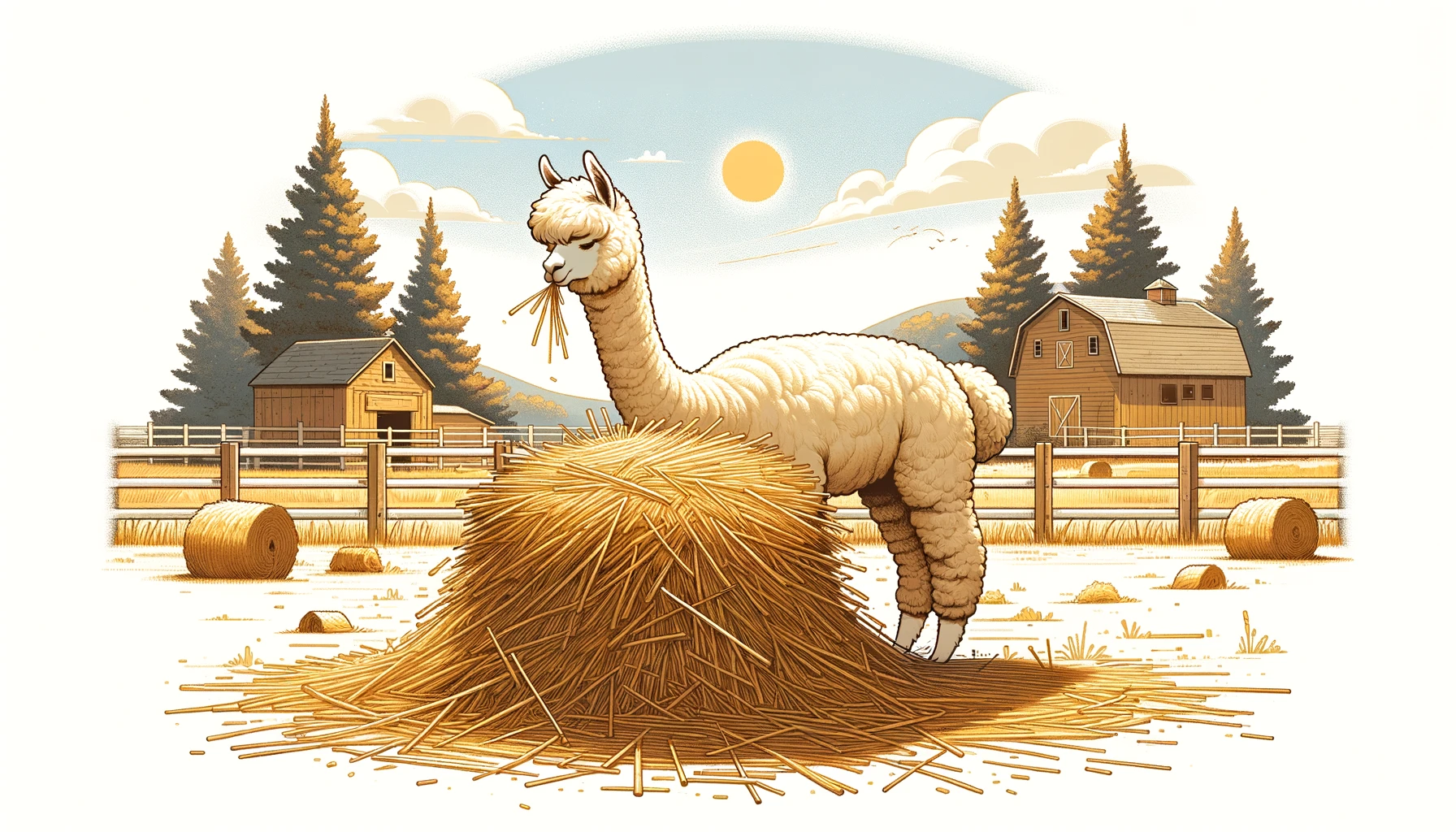




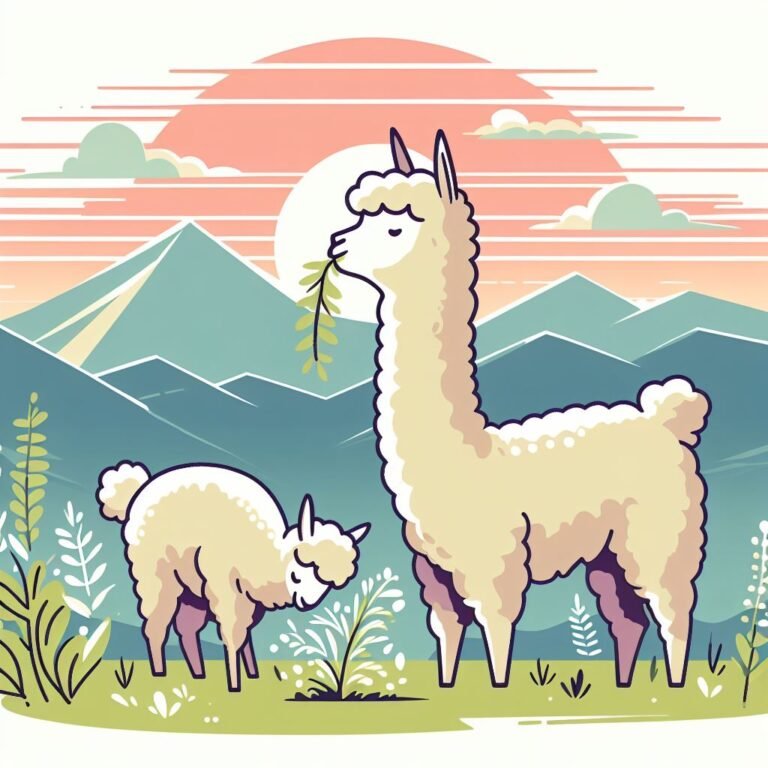
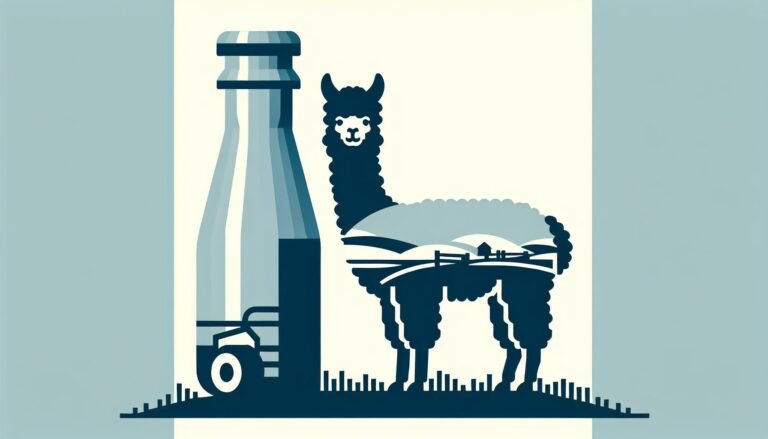
Our picks
Alpaca & Wool Felted Sole Inserts: Comfy Upgrade?
Best Alpaca Socks for Hiking: Ultimate Comfort and Durability on Trails
Best Alpaca Halter for Comfort and Control